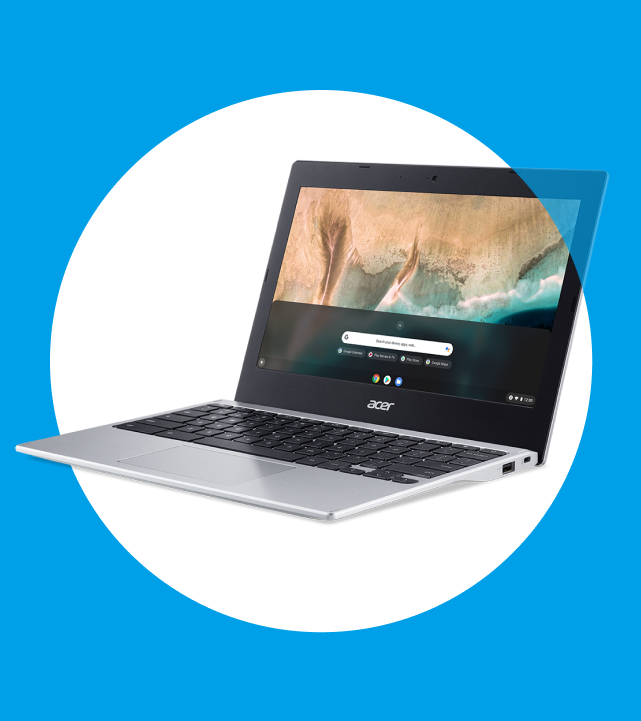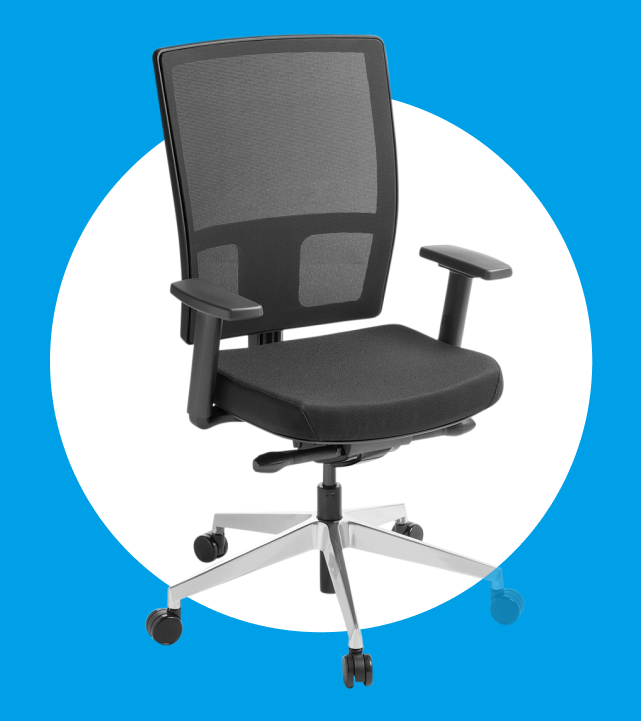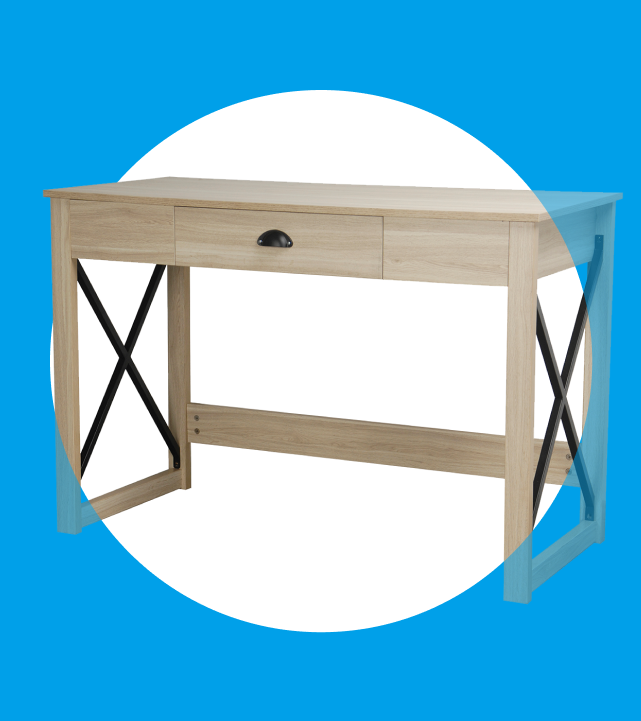BYOD Considerations
25 things you need to consider when implementing BYOD in your school. |
|
Many schools are looking to implement a Bring Your Own Device (BYOD) programme to give students and staff access to personal devices such as laptops, tablets and smartphones in classrooms. Technology never stands still and with limited budgets it is becoming increasingly hard for schools to keep up. This is where a Bring Your Own Device (BYOD) scheme becomes appealing, especially when many students already have their own devices. So, what would your school need to consider when implementing BYOD? Below you’ll find a list of 25 considerations. |
Planning StageHere are the most important considerations for planning BYOD solutions in your school. 1.Funding/Finance: The funding and finance can make or break a scheme. Some important questions to consider are: What are the options for the funding of these devices? Would it be wholly funded by parents, partly funded by parents or wholly funded by parents with an opt-out? If a part fund model is used, ownership of the device at the end of the product’s life cycle must be outlined prior to agreement. 2.Equality of Access: Your School may have to consider provision for students where parents have opted-out. This may include loan devices for class and/or home use to ensure equal access for all students. 3.Technology Choice: Defining the minimum specifications for student devices will mean that they should have similar capabilities allowing them to access learning content in the same ways. It is also very important to provide a clear definition of the devices allowed onto your schools network. This encompasses the type of devices, operating systems, recommended specifications and additional software including Internet security and antivirus protection. 4.Licensing: Managing software licenses will be necessary for essential applications. This will allow students to access these applications under the school’s site license or available to purchase at educational pricing, taking advantage of the school’s bulk purchase discounts. 5.Policy: It will be important to have an Acceptable Use Policy (AUP), communicated to and signed by Students year on year. These policies should outline consequences for not adhering to policy, issues with cyber-bullying, posting of inappropriate materials/comments and other e-safety considerations. 6.Data and Child Protection: Significant consideration will also need to be given to this. Among the students, there will be a need to provide awareness on eSafety, stop sharing of personal information over the Internet, and prohibit transmission of photos or videos of other children on school grounds. Where necessary, some thought will also need to be given to web-filtering. 7.End User Agreement: Students and Staff should also sign a “User Agreement” giving school the right to inspect the personal devices if there are reasons to believe that he or she has violated the AUP or other rules and restrictions. 8.Support and Servicing: Where hardware is purchased from retailers, these are usually covered under manufacturer’s warranty for up to a year. Some retailers offer additional cover and support for a fee. It is recommended that such covers be taken for up to 3 years at least, which should be sufficient for the life of the device 9.Insurance: Recommend that students and parents purchase the necessary insurance cover to protect their investment and consider insuring against theft and accidental damage and to make sure that where possible, devices are listed in the cover. |
Implementation StrategiesWhile many of the items mentioned in the planning stage will undoubtedly spill over to make up part of the implementation strategy, below are some further points which will also need consideration. 10.Access Control: It is important that only authorised devices are allowed on the school network. These ideally will need to be vetted by the School’s IT department and approved based on a pre-determined criteria. 11.End Point Security: For security of the school’s IT network it would be logical to make antivirus and internet security programs compulsory and perhaps offer these at reduced rates to students. Warehouse Stationery can provide you with solutions to suit. 12.Internet Bandwidth: With more devices constantly connected and accessing the Web at the same time, consider increasing the Internet bandwidth by looking at the packages and options available from ISPs. 13.Web Filtering & Caching: A secure and filtered Internet gateway ensures that students only have access to appropriate resources on the Internet. A well-managed web filter also allows the school to control the use of bandwidth and to stop bandwidth hogging activities such as file sharing and large file downloads. |
On-going ConsiderationsOnce a BYOD scheme is implemented and running, there will be some on-going considerations to ensure the scheme continues to run optimally. 14.Personal Safety: Students need to be told and reminded to take special precautions when in public areas and to keep devices such as tablets and smartphones or any valuables for that matter, out of sight to help avoid theft. 15.Spare Devices: Schools that do run a BYOD scheme will also need to consider loan units for those who cannot afford devices, those who opt-out or those who have forgotten their device. Talk to Warehouse Stationery as part of your BYOD solutions needs. 16.Start out right: Teachers and school staff should not be required to troubleshoot technical problems in the classroom. Although there will inevitably be instances in which this happens, it should not occur on a frequent enough basis that it disrupts the class. A strong technical support person or team will be necessary to ensure the smooth functioning of all technology in school. 17.Guidelines: Schools will need to provide step-by-step guidelines on connecting students own devices to the Internet through the school network. 18.Awareness: Raising an awareness of eSafety and cyber bullying is important to ensure that everyone starts off right. In addition the Policies and User Agreements (mentioned in 5 and 7), campaigns on E-safety and how to behave online would help reinforce these messages. 19.Turn off personal mobile broadband in school: Although difficult to police, other forms of access to the Internet would circumvent the schools Web Filter. Personal WiFi or mobile broadband (3G and 4G) means that students have unrestricted access to the Web. This should be prohibited and potentially made a part of the Policy and User Agreements. 20.Training & Professional Development: It is imperative to provide training for teachers in the use of technology in teaching. Appointing technically proficient teachers as facilitators to help train others and share knowledge and good practise, would help keep costs down. It’s easy to switch on and use a device in class but to teach with technology requires a different pedagogical approach. Teachers need to be introduced to the use of technology in classroom through training to help them learn how they can embed technology into the curriculum. 21.Storage: Consideration will also need to be given to safe storage of devices, whether this is through lockable trollies, cupboards or personal lockers for students to store their devices when not in use and during lunch breaks. Warehouse Stationery has a range of solutions to suit your storage needs. 22.Ground Rules: Define offline times, or when devices are not required as well as when and where they can be used. Teachers can structure their lessons in such a way that there is a block of time when devices need to be switched off or put on sleep mode. 23.Resources: Key to harnessing technology within the education sphere is the provision of online learning resources, whether this is created in house, bought in, or resourced from the web. Moving towards the use of web based application and services that are compatible across the different devices and moving away from locally installed applications, which may be OS specific, will allow all students regardless of device types access to the resources and content. 24.Plug points to charge device: Many mobile devices such as tablets are designed for all day computing and should not require charging if students charge them at night. However, there will be occasions when students forget to charge their device or after prolonged use will require charging. Adequate and properly sited plug points will allow students to charge their device safely. 25.Ownership and Care: There is typically a certain lack of care for school property, particularly if it is provided for free. By running a BYOD scheme, the onus of responsibility and care lies with each student to ensure that the device is fit for use. It will help however to provide information on care for devices on the school’s intranet or in print. |
|
|
|
Adapted from the article BYOD Considerations by S. J. Tan |
Need Assistance? Our Customer Services team can help:
Call 0800 222 246 (toll free) 8.00am – 6.00pm Monday to Friday



